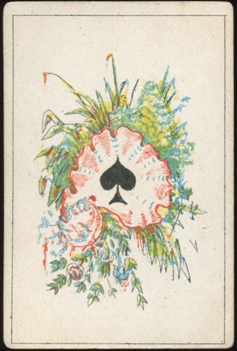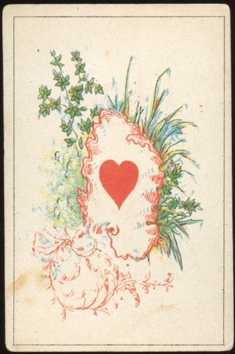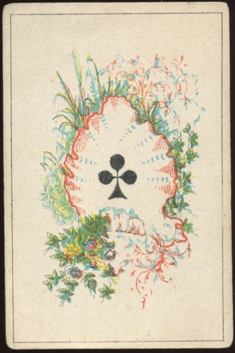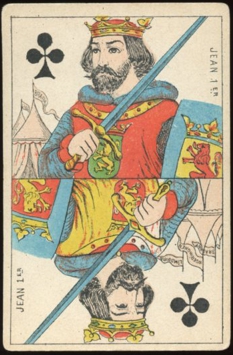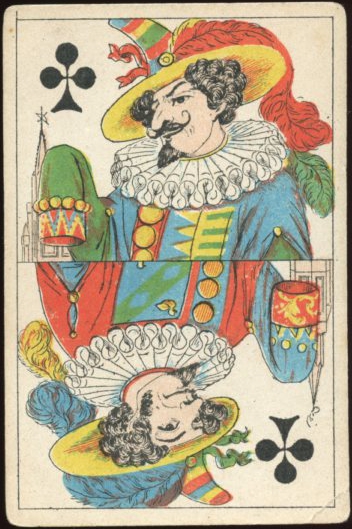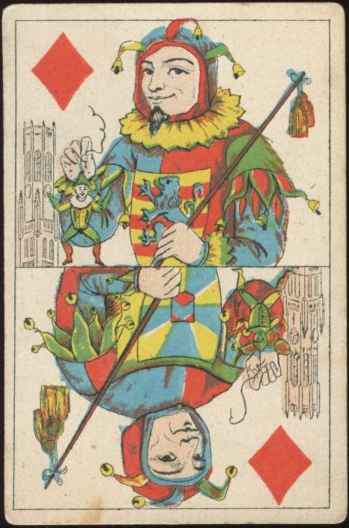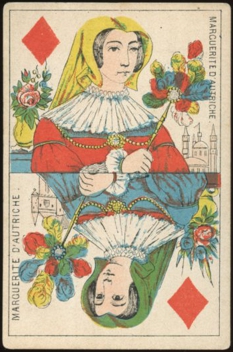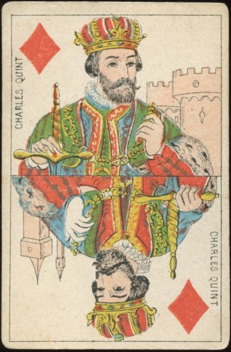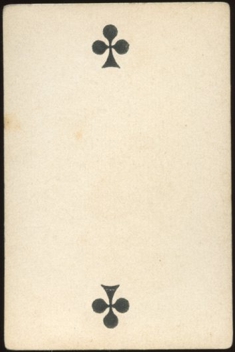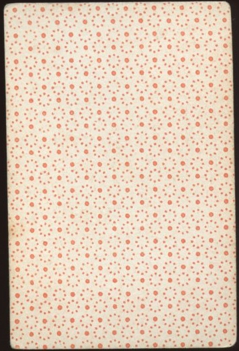 |
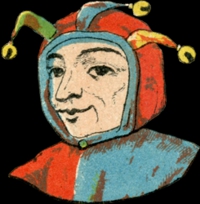 |
|
|
Last month I talked about a package with 4 decks, of which I showed one as Deck of the Month then. Here's another one. This deck was the reason to buy a lot of 3 decks, formerly owned by Dudley Ollis. The deck had been on our wish list for many years, but we had never seen it offered before. The auction house only showed pictures of one of the other decks, but from the description it was clear that this deck was part of the lot too. |






